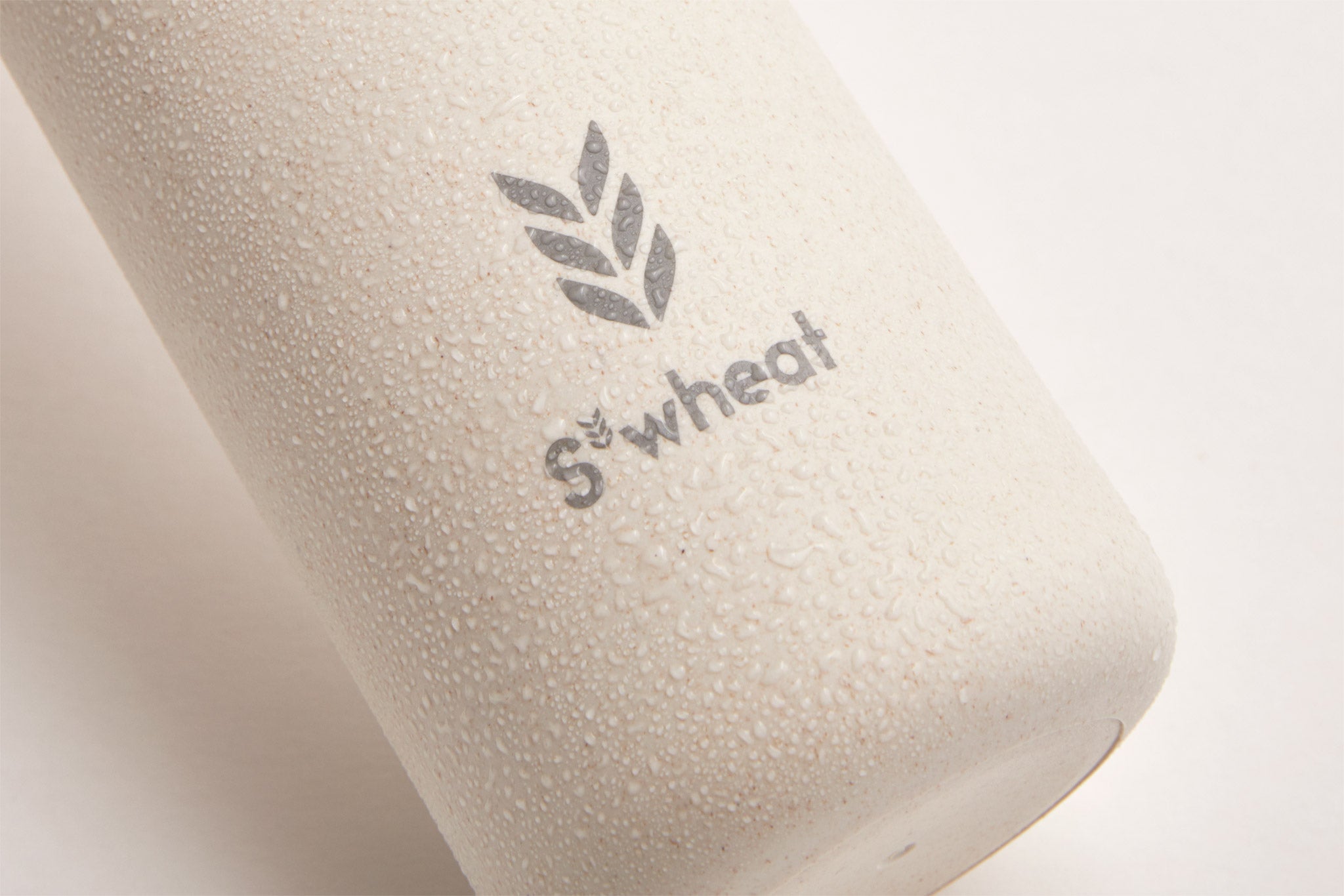Antibacterial water bottles
One of the most common problems with reusable water bottles is their smell and taste. This is a common sign that your water bottle could be filled with germs. A recent study highlighted that the average water bottle contains more bacteria than a toilet seat! The average refilled plastic bottle was found to contain more than 300,000 colony-forming units (CFU) of bacteria per cm2. However, this bacteria isn’t just present in plastic bottles, it can also be found in steel bottles, some of the worst bottles found in this study reached up to 900,000 CFU around the mouthpiece of the drink bottle. When steel bottles heat up any remaining residue of water becomes the perfect warm and moist breeding ground for bacteria. If your water bottle smells bad that’s a good indicator that the germs which produce this smell are multiplying.

How dangerous are the germs in reusable bottles?
Joseph Falkinham a professor of microbiology at Virginia Tech university explained that the first leading type of bacteria present in water bottles are referred to as ‘gram-negative rods’ such as E. coli. Another type of bacteria called ‘gram-positive’ bacteria can cause throat infections.
But it gets even worse! Joseph also states that these microbes are stuck to the surface of the bottle and freshwater will only encourage them to grow!

How can I keep my bottle clean?
For most, warm soapy water will do a good job but if your reusable water bottle has a small neck that prevents your hand from getting inside this may not be enough. Bacteria forms best in the hardest to clean places of your bottle. We recommend choosing a bottle with a wide mouthpiece or a large cap that can be unscrewed, this is the best way to keep your bottle germ free.
Tips for keeping your water bottle clean:
Here are some methods you can use to clean your reusable bottle:
- Wash with soap and water. You may need to use a bottle brush to reach hard to clean places if your bottle has a small mouthpiece.
- Usually warm soapy water in most cases will do the job but if not, you can try: vinegar, hydrogen peroxide, baking soda, or even an antibacterial mouthwash. Swill around your bottle with warm water and leave it to stand for a few minutes
- Another common method you can try is to fill your bottle with water and add one to two tablespoons of white vinegar. Ensure that the lid is screwed on tight and shake. Leave it for 12 hours and then rinse out with water. If you’re concerned with the smell of vinegar, you can substitute vinegar for baking soda and water.

What is the best antibacterial water bottle?
So what bottle is most resistant to gathering germs? Do I choose a plastic, steel, or glass drinks bottles? Well neither… But there is a solution! Plants! S’wheat has created the world’s first reusable water bottle made from plants that are known for their antibacterial properties such a bamboo and wheat straw. It’s easy to clean with a wide cap that can be unscrewed, its naturally antibacterial and great for the planet, for every bottle sold a tree gets planted!
The S'wheat bottle comes with a carry handle attached to the bottle so it's incredibly easy to carry, it also has the ability to clip the carry handle onto your bag for easy carrying.
If you use code: ECO5 you’ll save 20% on your order. This is a great opportunity to get an antibacterial water bottle at a great price.
Want to know the key things to look for when buying a water bottle? Check out our other blog: https://www.swheatbottle.com/blogs/news/what-to-look-for-when-buying-a-water-bottle
Have you got any great cleaning tips you want to share? Leave a comment below and let us know!




1 comment
Deb
Is this gluten free
Leave a comment
All comments are moderated before being published.
This site is protected by hCaptcha and the hCaptcha Privacy Policy and Terms of Service apply.